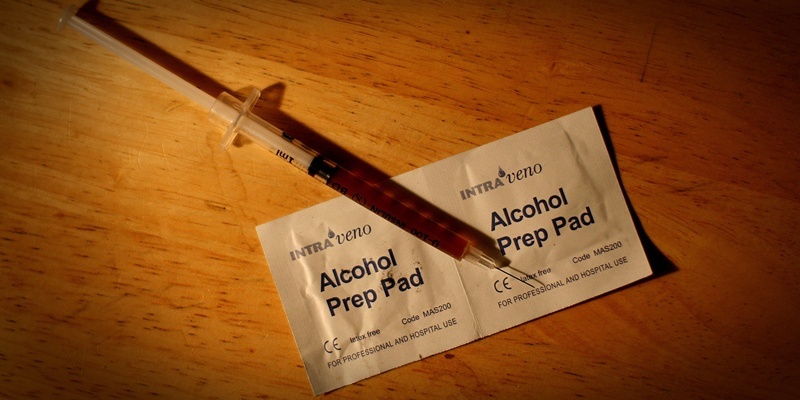The number of heroin addicts in Scotland has increased by at least 4,000 over the last five years and Dundee has the second highest rate of problem drug users in the country.
Figures released by NHS Scotland’s information services division this week revealed there are an estimated 2,800 people 3.29% of the population in Dundee addicted to opiates such as heroin or sedatives called benzodiazepines.
The figures also revealed that Scotland now has a growing ”Trainspotting generation” of older addicts.
Nearly half of all problem drug users 43% are now over the age of 34.
The number of addicts aged 35 to 64 is, for the first time, greater than the number of problems drug users aged 25 to 34. There are 25,200 older addicts, up from 18,900 in 2006.
By comparison the number of addicts in the 25 to 34 age range fell from 24,500 to 23,100 over the same period.
Only Glasgow City has a higher rate of drug abuse than Dundee. There 3.41% of the population equivalent to 13,900 people are classified as problem drug users.
Across Scotland 1.71% of the population, around 59,600 people, are addicts 4,000 more people than five years ago. And 70% of all problem drug users are male.
There are 3,300 problem drug users in Fife 1.38% of the population 1,100 in Angus (1.38%) and 1,200 in Perth and Kinross (1.18%).
Figures released this year revealed that Dundee also had the highest rate of drug-related deaths in the Scotland in 2009, around 0.2 deaths per 1,000 people.
Dundee drugs worker Gareth Balmer, from the charity Addaction, said: ”The majority of people coming to see us are between 34 and 65 there is an ageing population.”
Scottish Labour justice spokesman James Kelly said: ”Every one of these statistics hides a sad story. We already know Scotland’s terrible reputation for the misuse of cocaine and heroin.
”That is why the SNP government’s decision to cut back the drug misuse budget by £2.4 million over the next three years is the wrong decision at the wrong time and shows they are complacent about the problem.”
Community safety minister Roseanna Cunningham claimed the figures show fewer young people are experimenting with hard drugs.
She said: ”These figures confirm what we had suspected that Scotland’s long legacy of problem drug misuse remains unacceptably high. However, this is a snapshot of a population of the individuals using drugs between April 2009 and April 2010.
”Our drugs strategy, the Road to Recovery, had only just been launched when this snapshot was taken, so this report doesn’t provide us with any insight as to the impact of the Road to Recovery.”
Dr Kirsty Licence, NHS Tayside consultant in public health medicine, said: ”The estimated increase in the prevalence of problem drug misuse across Scotland and in our local area is of concern to all partnership agencies across Tayside.
”Progress is, however, being made in both the treatment of drug misuse and in harm reduction for those misusing drugs.
David Liddell, director of Scottish Drugs Forum (SDF), said: ”The figures show a very significant level of men aged over 35 with a severe drug problem.
”Research which SDF has previously carried out shows that many are lonely, isolated, experiencing major health problems and have lost hope of ever having a better life in the future.
”We need to provide education and training opportunities for a larger proportion of this population than at present, and also to look at supported employment programmes to enable more people to recover.”
Photo Julien Behal/PA Wire
